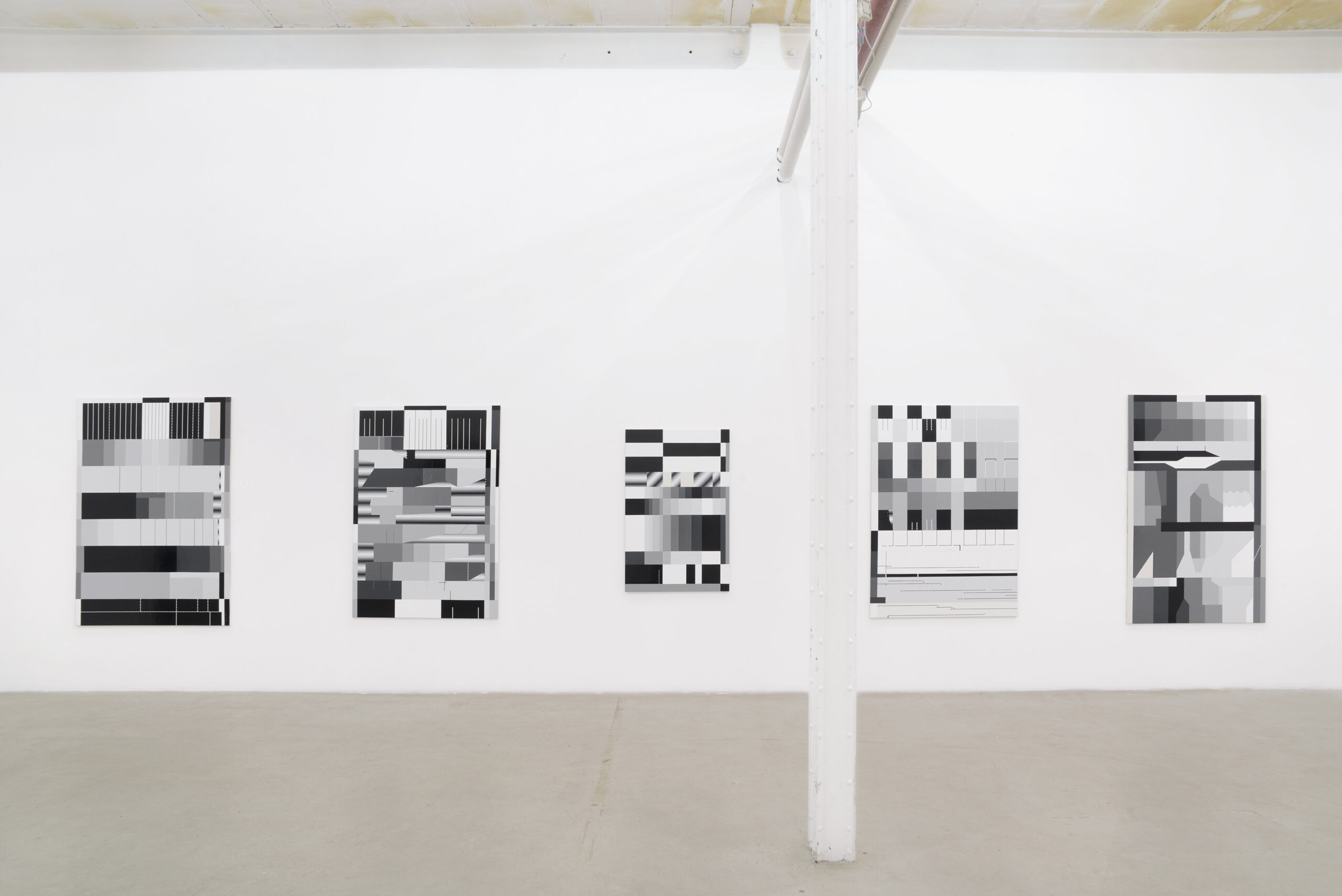

„The world we live in“ / „Die Welt in der wir leben“
is one of the books that informs Benjamin Dittrich’s visual cosmos. It is, in its essence, an encyclopedic compendium first translated and published in German in 1955. Contained within its title, which remained unchanged through a myriad of editions, are two messages: It is ONE world, which WE all live in. As simple and plausible as this phrase may seem, it nonetheless encapsulates the intrinsic dilemma of the visual depiction of scientific and technological principles, which has been negotiated frequently in art history research in the last decades: There is more than one way of looking at the world. Visualizations of biological or evolutionary processes, of physical or mechanical interaction and reaction, cannot be objective. Like any image, they produce the very meaning they illustrate.
Benjamin Dittrich approaches these illustrations with a sense of wonderment bordering on infatuation: he extracts them from books, removes typographic information, ponders visual symbols and their relationships; he concentrates on composition and the distribution of color. All of these are processes intertwined with the classic discipline of painting and it comes as no surprise that Dittrich’s prints and canvasses are attractive and aesthetically pleasing. There is, however, a perplexing undercurrent, a friction: the original motif, the scientific or technological depiction, is implied and ever-present in the painted version. It is as though two diametrically opposed concepts of discovery enter the ring: objective, factual illustration versus processual painting unconcerned with concrete goals or results. One discovery we inevitably make in the process: Neither images nor thoughts can be objective.
Übersetzung / Translation: Lukas Holldorf & Kathleen Krol
Matilda Felix, Kuratorin, Hamburger Bahnhof – Museum für Gegenwart – Berlin




Lacquer on canvas
180 × 125 cm

Lacquer on canvas
165 × 115 cm



linoleum print
60 × 42 cm
edition 4

linoleum print
60,4 × 42,1 cm
2 versions


linoleum print
60 × 42 cm
edition 4

linoleum print
60 × 42 cm
edition 4

Lacquer on canvas
42 × 30 cm

Lacquer on canvas
42 × 30 cm

Lacquer on canvas
100 × 70 cm


lacquer on canvas
60 × 42 cm



